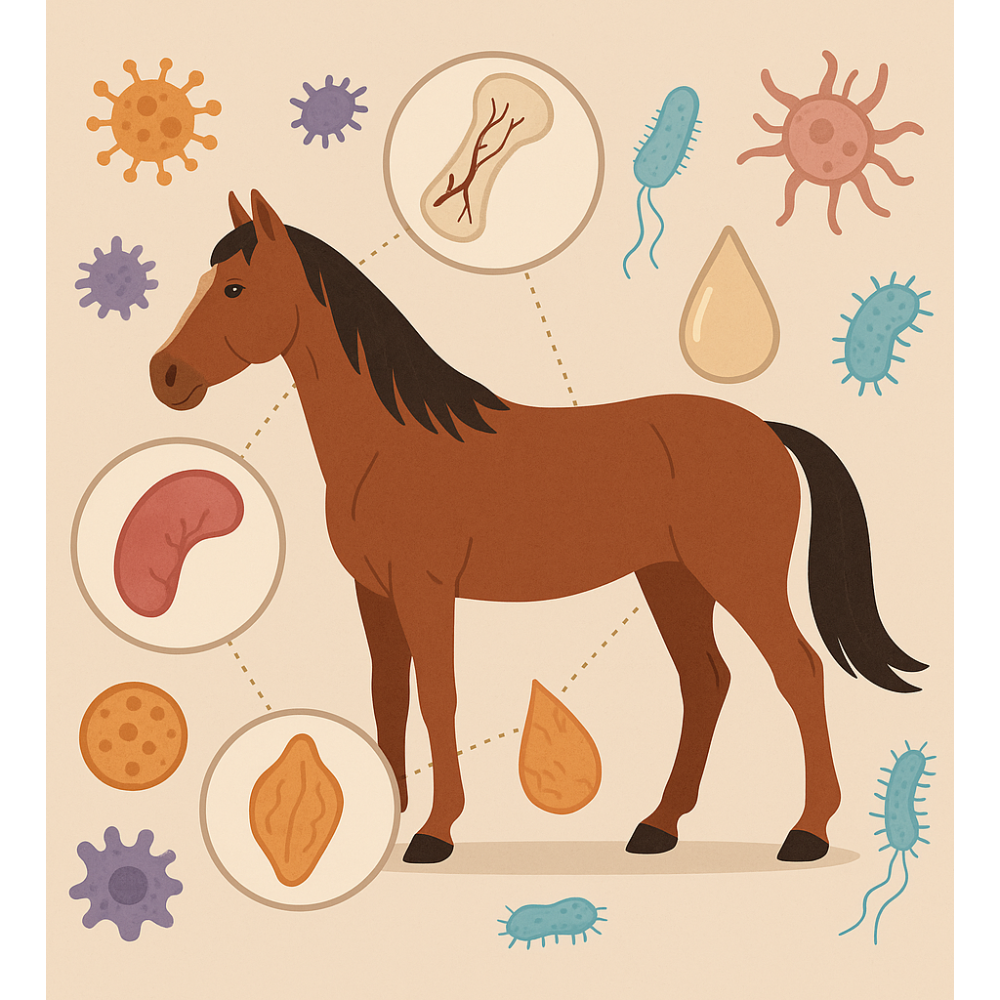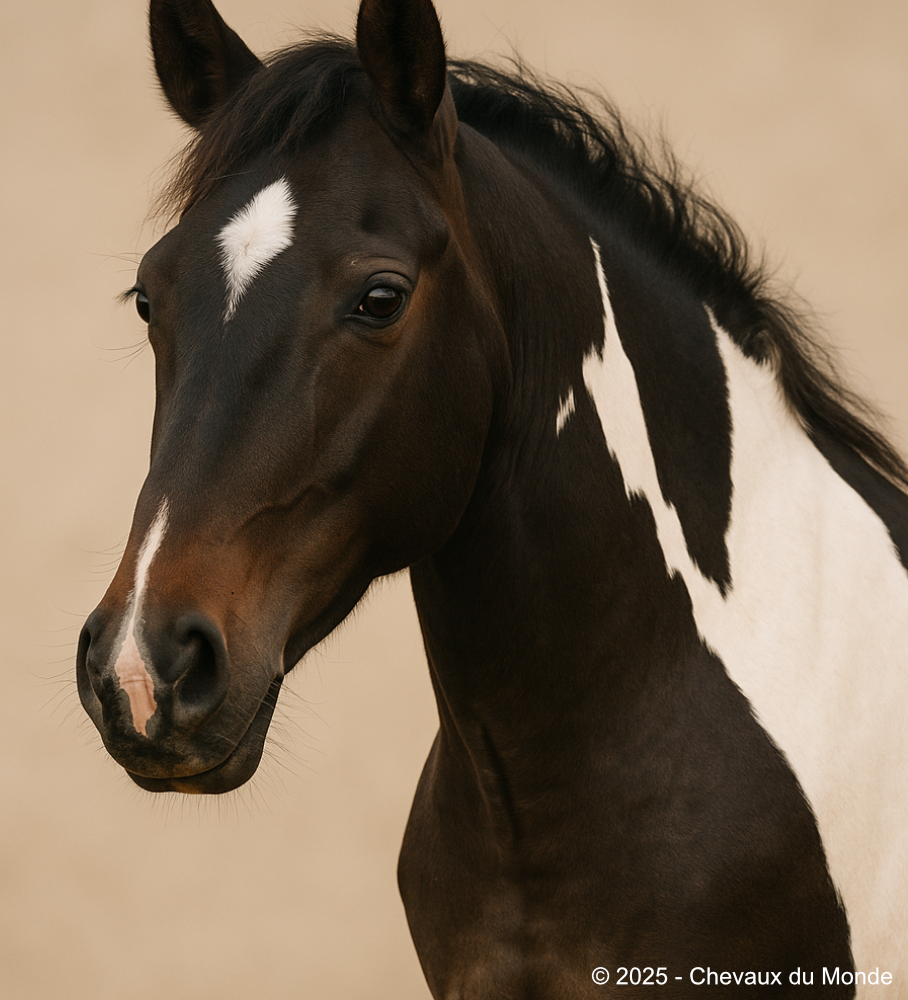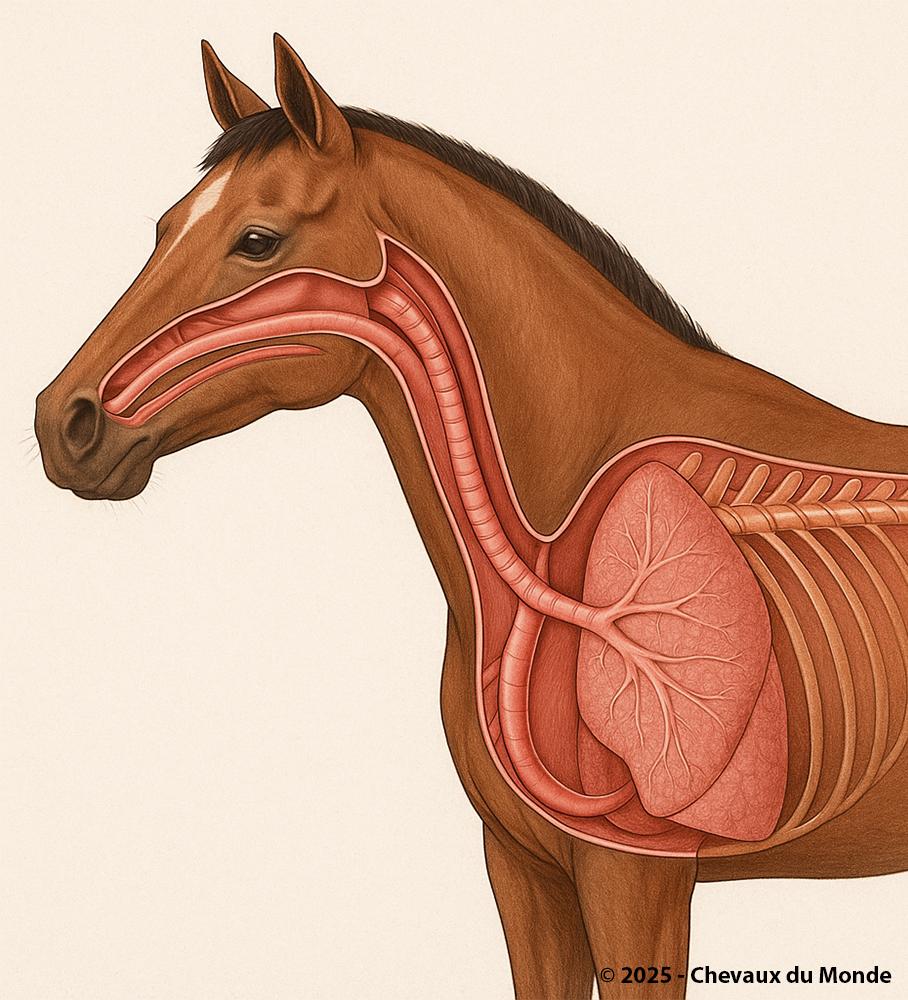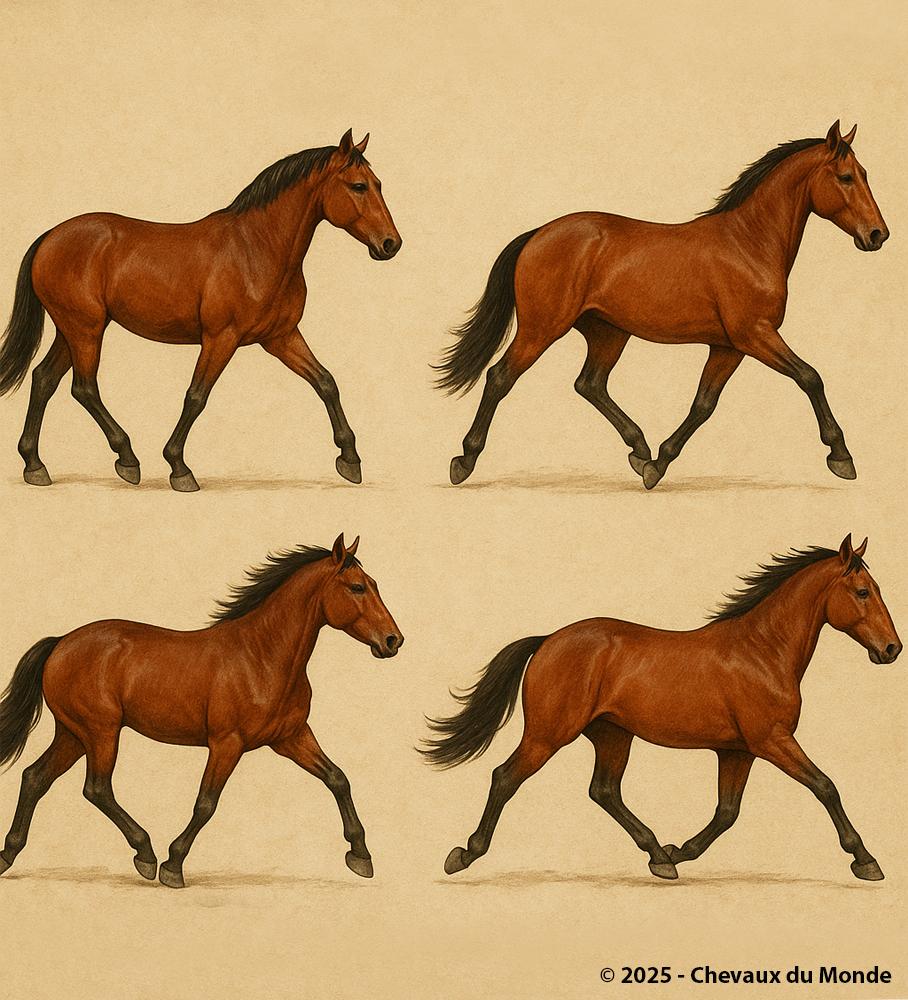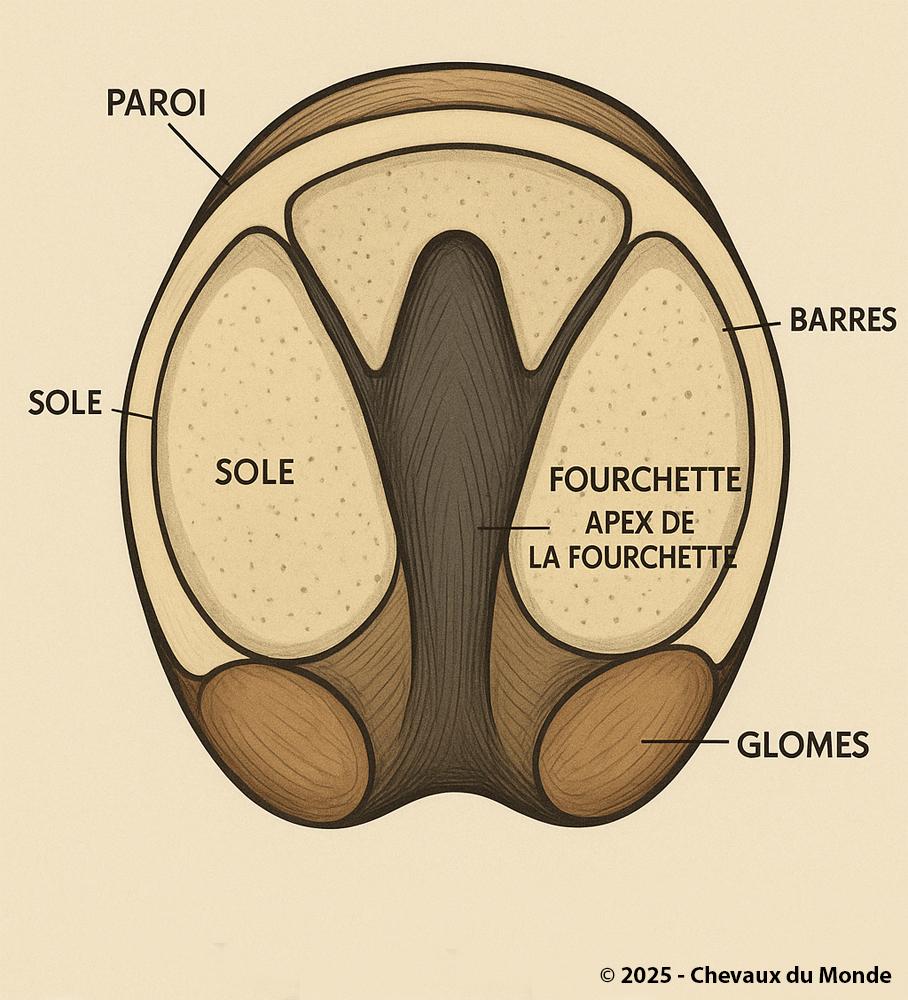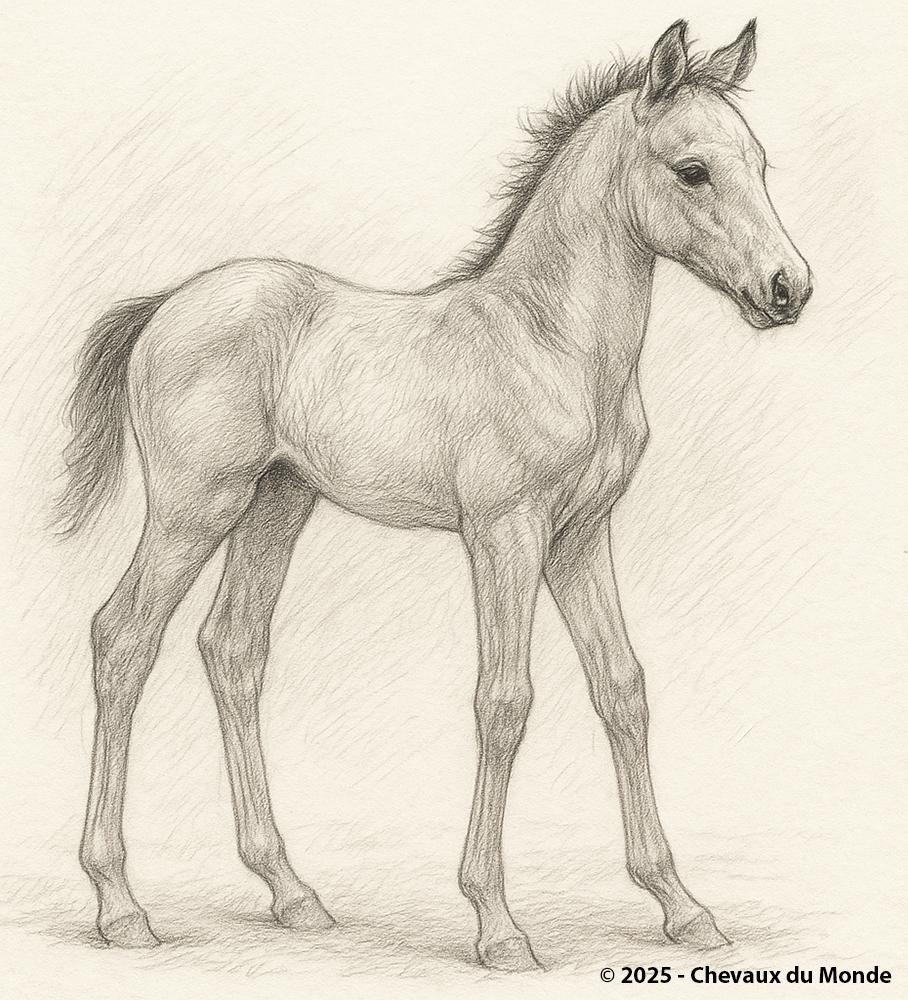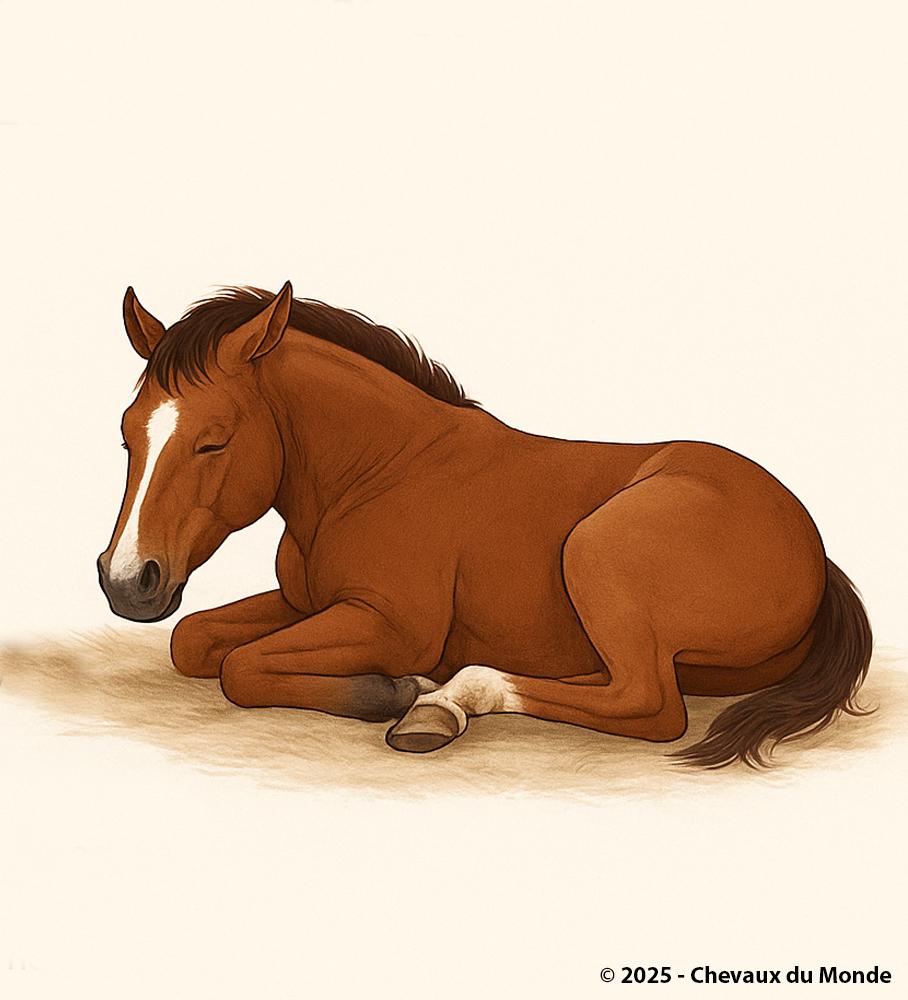THE HORSE'S DIGESTIVE SYSTEM: A DELICATE YET FASCINATING BALANCE
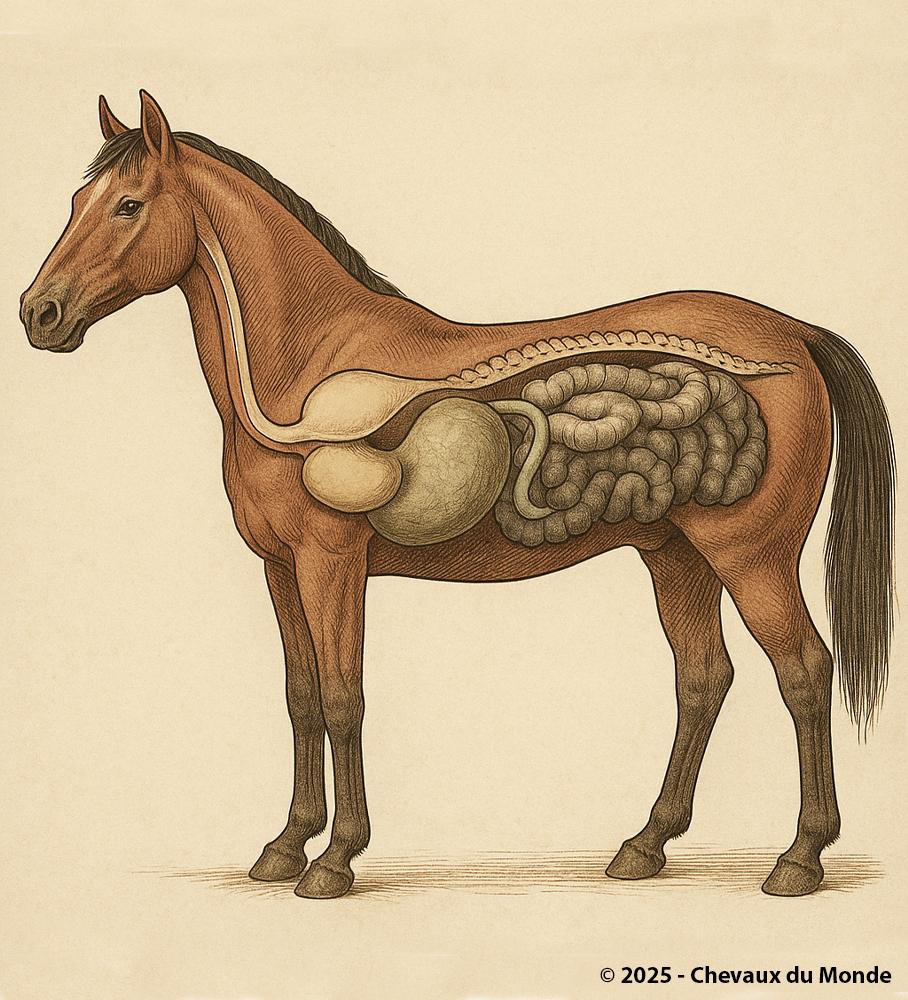
The horse’s digestive system is both complex and fragile: with a small stomach, an extremely long intestine, and slow digestion, it requires frequent, fiber-rich meals and careful management to prevent colic.
The horse is a powerful athlete, an enduring herbivore… but also a particularly sensitive organism when it comes to digestion. Colic, ulcers, digestive issues these are common ailments because the equine digestive system is complex, specialized, and vulnerable. To care for it properly, we must first understand it.
1. An Herbivore Like No Other
The horse is a monogastric herbivore, meaning it has a single-chambered stomach, unlike cows or sheep. It is also a hindgut fermenter: fiber digestion occurs mainly in the cecum, located after the small intestine.
This means:
- Continuous digestion, with a need for regular forage intake
- Active microbial fermentation in the hindgut
- A fragile balance between gut flora, motility, and diet
2. The Horse’s Digestive Journey
Here are the main stages of digestion in horses:
- Mouth: slow chewing, salivation (no enzymatic digestion in saliva)
- Esophagus: one-way muscular tube with a strong valve (horses cannot vomit)
- Stomach: small (~15 L max), partial emptying even when not full
- Small intestine: digestion of sugars, proteins, and fats
- Cecum & colon: fiber fermentation (cellulose), production of volatile fatty acids, energy source
3. A Tiny Stomach for a Big Eater
The horse’s stomach is very small compared to its size (2–3% of body weight). It empties quickly, sometimes before digestion is complete. This explains why:
- Large meals are poorly tolerated
- Rations should be divided into several portions
- Free-choice hay helps stabilize stomach acidity
4. The Cecum: A Key Organ
The cecum is a large fermentation chamber (up to 30 L) filled with specialized bacteria that break down cellulose.
It plays a vital role in:
- Digesting plant fibers
- Producing energy (volatile fatty acids)
- Synthesizing certain vitamins
However, the microbial balance is easily disrupted by sudden diet changes, poorly digested grains, or stress potentially causing colic, diarrhea, or acidosis.
5. Horses Cannot Vomit: A Silent Risk
The horse's esophageal valve is extremely strong. As a result, vomiting is impossible in case of overload, toxicity, or excessive fermentation. This makes horses especially vulnerable to:
- Blockages (esophageal impaction)
- Stomach distension
- Severe forms of colic
6. Rhythmic Digestion, Not Bursts
Horses are designed to graze continuously—up to 15–18 hours a day in the wild. A horse left without food for over 4–5 hours may:
- Develop gastric ulcers (due to excess acidity)
- Become irritable or stressed
- Overeat at the next meal
Ideal practices:
- Free-access hay or at least 1.5% of body weight per day
- Divided concentrate meals
- Avoid abrupt dietary changes
7. Colic, Ulcers… Common Digestive Disorders
- Colic: digestive pain (gas, impaction, displacement). The leading cause of equine mortality.
- Ulcers: stomach lesions, very common in sport or stressed horses.
- Dysbiosis: imbalance in gut flora, triggered by stress, wormers, or antibiotics.
Conclusion: Respecting the Horse’s Digestive Nature
The horse is not a “simple ruminant” or a machine to be fed at will. Its highly specialized digestive system requires constant care: quality forage, regular rhythm, clean water, and respect for its natural needs.
To understand its physiology is already to protect it.

